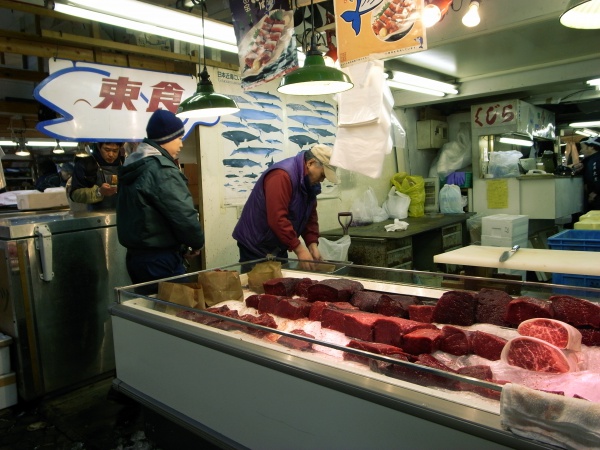Facts About Whale meat
Whale meat, encompassing various parts of cetaceans like muscle, organs, skin, and blubber, has been integral to many cultures' diets, either out of necessity or as a delicacy. Although it is not as popular as other meats, commercial whaling persists in a few countries, triggering strong opposition from wildlife conservationists and animal rights advocates. Their concerns focus on overexploitation, mercury contamination, and ethical issues.
Historically, whales were hunted for both meat and oil. European whalers, for example, ventured to new territories as local whale populations dwindled. Different cultures have developed unique methods to prepare whale meat, such as salt-curing, to make it accessible even to those far from the coast. For many indigenous groups, whale meat holds cultural significance and is crucial for their survival.
Several whale species are hunted for their meat, and regrettably, some endangered species are illegally traded alongside legally caught ones. In countries like Japan, Norway, Iceland, and parts of Alaska, whale meat features prominently in traditional dishes or serves as a significant protein source. Specialized names and preparation techniques for different cuts of whale meat aim to enhance their flavors.
Environmental concerns related to whaling include the risk of depleting whale populations, which can have a cascading effect on marine ecosystems. Furthermore, studies have found high levels of mercury and other toxins in whale meat, raising health concerns for consumers. Organizations such as Greenpeace and the Sea Shepherd Conservation Society actively work to protect endangered whale species and highlight the ethical and environmental issues associated with whaling.
